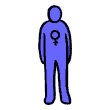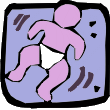|
|
In the last lesson, we saw that the articles tthu and kwthu could be used in referring to things. These articles are also used when referring to male persons.
- The article tthu is used for a person who is in view.
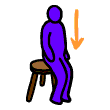 |
Ni' hwts’e'nutsum tthu swuy'qe'. | The man (visible) sat down. | 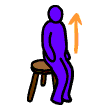 |
Ni' lhxilush tthu swiw'lus. | The boy (visible) stood up. |
- The article kwthu is used for a person who is not in view.
 |
Ni' t'ilum kwthu swuy'qe'. | The man (out of sight) sang. | 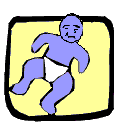 |
Ni' xeem kwthu qeq. | The baby boy (out of sight) cried. |
Different articles are used to refer to female persons.
- The article thu is used for a female person when she is in view.
 |
Ni' t'ilum thu slheni'. | The woman (visible) sang. | 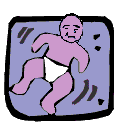 |
Ni' xeem thu qeq. | The baby girl (visible) cried. |
- The article lhu is used for a female person when she is not in view
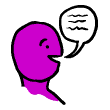 |
Ni' qwal lhu slheni'. | The woman (out of sight) spoke. | 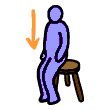 |
Ni' hwts'e'nutsum lhu s'eluhw*. | The elder woman (out of sight) sat down. |
*Note: The Cowichan Tribes write s-eluhw. However, we spell this word s'eluhw throughout these lessons.


